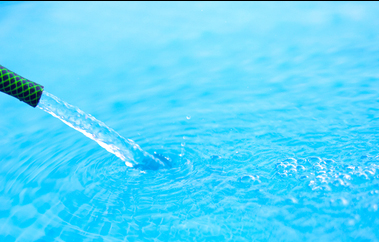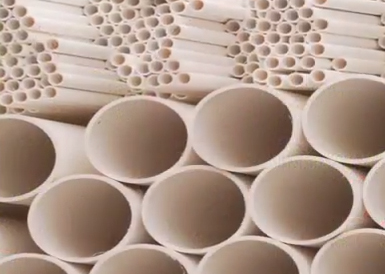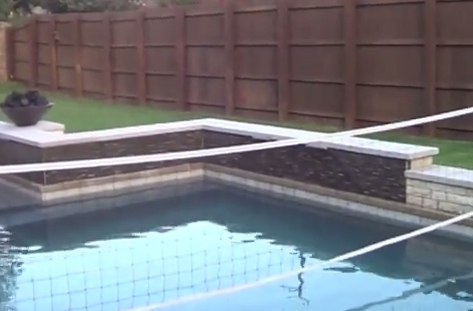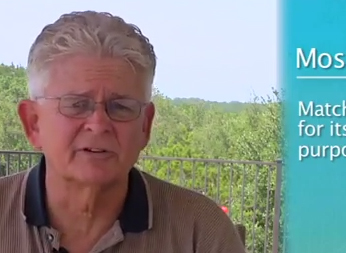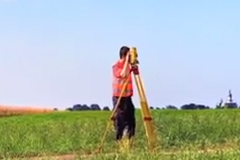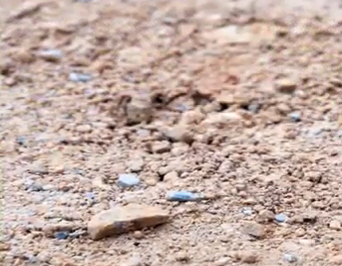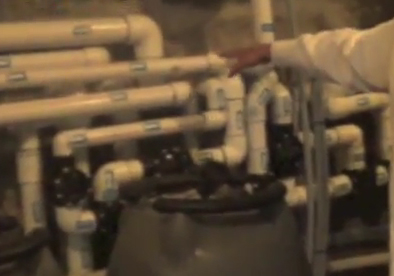Pools & Spas
For more than 50 years, lots of swimming pool builders, plasterers and service technicians have operated under the assumption that the plaster dust they commonly see during the first two weeks after plaster application is normal, unavoidable and acceptable. None of that is
In many ways, this project is a study in personalities: of the original clients, of the home's architecture and, ultimately, of subsequent owners who purchased the property and called me back to it years after my initial work had been completed. The first time through, the owners were close friends of mine. We had remarkably similar tastes, so my basic charge was to do exactly what I thought needed to be done, much as if it were my own home. The house is a beautiful example of Mid-Century Modern, a style that fits well in the special environs of the Florida Keys. But when I first visited the site, I could tell that someone had tried to turn it into
Pipes are pipes, right? Anything that moves water from point A to point B will get the job done, so long as it doesn't leak, right? Well, not right, as I discuss in the video linked below. Of all the conceptual advances made within the watershaping industry in the past 20 years, I'd have to say that watershapers' awareness that pipe size really does matter and that big pipes are
Homeowners often come to the watershape-purchasing process with very specific ideas in mind. Maybe they want a venue exclusively for lap swimming, or a fountain to wash out traffic noise, or a finely finished monument to their refined taste in tile and stone. That's great, and it's fairly easy to tailor a design to meet these needs. More often, however, clients
It doesn't happen every time, but once in a while I'll speak with a prospective client who's done some homework and has reached a conclusion about which manufacturer's equipment should be used on his or her watershaping project.It's nice that he or she is engaged in the process to that fine a level, but as I mention in the video linked below, it really isn't an issue with which a homeowner needs to get involved because
Everyone knows that muriatic acid, when applied directly to a plaster finish, will dissolve and remove material from the surface. This is why the practice of "acid washing" is so widespread: It removes surface stains and restores a finish to an approximation of what it looked like when new. The problem with this acid application, of course, is that it
Some building sites are just tougher than others - and there are few of them that will complicate the construction process as much as the steep slopes discussed in the video linked below. To be sure, top contractors love these difficult sites: Not only do they give us the opportunity to incorporate nearby and distant views into our design vision, but they also
In many parts of the country, it's not uncommon to encounter the unexpected when you start digging to make way for a swimming pool or some other watershape. There might be field stone, a rock ledge, a buried outcropping or even hardpan. Depending on the size, depth and extent of these stony intrusions, running into any of them can, as the video linked below suggests, take a homeowner's budget expectations and throw them right out the window. And it's not just rock that can be a hidden issue: Various types of soil can be problematic, as can the groundwater level in the
For the most part, the equipment sets that power pool and spa systems are placed outdoors in spaces near their watershapes. Maybe that's behind a gate along the side of the house, or behind some shrubs or a wall in a corner of the yard. Wherever they go, these equipment clusters should be positioned so that the noise made by various motors and pumps isn't so pronounced that it
Of all the points that are hard to get across when working with clients on a pool design, the one highlighted in this video can be among the hardest: You can paint word pictures until you turn blue; you can show countless photos; you can even take your clients on tours of completed projects and try to show them what you mean: If they have their hearts set on a colored interior finish (that is, pretty much anything beyond plain










